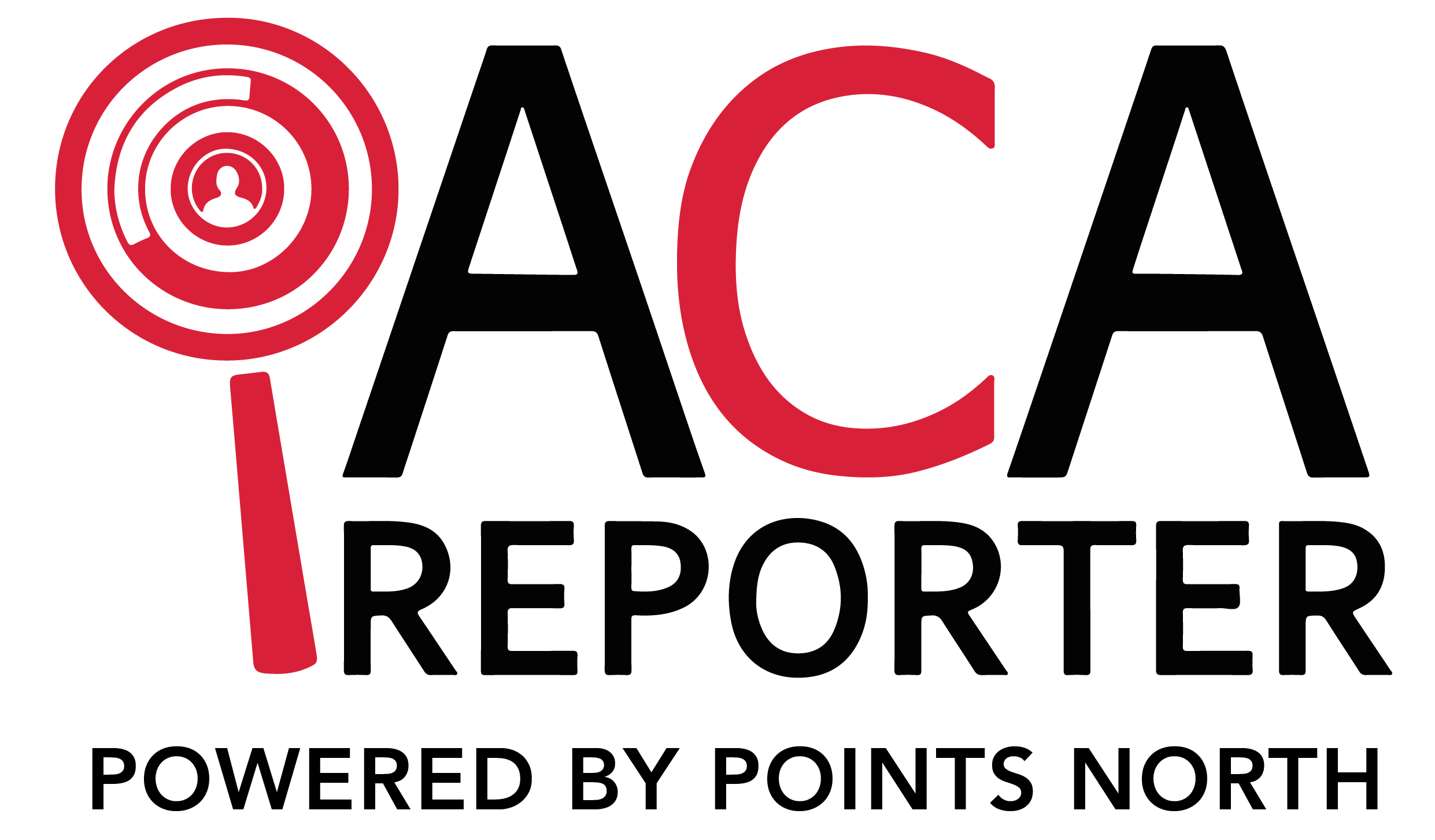The Affordable Care Act (ACA) has significantly impacted how businesses approach employee health coverage. For many companies, ensuring compliance with ACA regulations is a big deal, both due to the potential fines and the complexity of getting it right. This guide will help you understand the key aspects of the ACA and what they mean for your business.
What is the ACA?
The Affordable Care Act, passed in 2010, is a comprehensive health care reform law. Its main goals include expanding access to health insurance, improving the quality of health coverage, and introducing new requirements for employers.
For businesses, the ACA introduced new responsibilities and reporting requirements that vary based on your company size and structure.
Key ACA Regulations for Employers
Employer Mandate
The ACA's employer mandate is a critical regulation for businesses to understand. Here are the key concepts:
- Applicable Large Employers (ALEs): Companies with 50 or more full-time equivalent employees (FTEs) are considered ALEs and must provide ACA information to the IRS.
- Coverage Requirement: ALEs must offer coverage to FT employees and their dependents that is affordable, provides minimal essential coverage, and provides minimum value.
- Penalties: Failure to comply can result in significant financial penalties.
Defining Full-Time Employees
Under the ACA, accurate classification of employees is very important for compliance. The law defines a full-time employee as someone who works an average of at least 30 hours per week or 130 hours per month. However, this simple definition can become shockingly complex in practice.
Different employee types require different approaches:
- Hourly workers: Track actual hours worked each month.
- Salaried workers: Employers can choose from three methods:
- Track actual hours worked
- Use a days-worked equivalency (credit 8 hours for each day worked)
- Use a weeks-worked equivalency (credit 40 hours for each week worked)
Some employee types require special consideration:
- Adjunct faculty: Hours are calculated based on classroom time, preparation, and grading.
- On-call hours: May count as work time depending on specific circumstances.
- Seasonal employees: Those working less than 120 days per year may be treated differently.
For new employees expected to work full-time, coverage must be offered within 90 days. Variable hour or seasonal employees can be measured over an initial period of 3-12 months. After this initial period, employers use a standard measurement period for all ongoing employees.
How to Find if an Employee Meets ACA Full Time Status
The Lookback Measurement Method is a valuable tool for employers, especially those with variable hour, seasonal, or part-time employees. This method allows employers to determine employee status for future periods based on hours worked in a prior period.
The method consists of three main periods:
Measurement Period (3-12 months):
- Count employee hours to determine full-time status
- Two types: Standard (for ongoing employees) and Initial (for new variable hour, seasonal, or part-time employees)
- The 12-month measurement is the most common duration
Administrative Period (up to 90 days):
- Calculate hours from the measurement period
- Determine eligibility and enroll eligible employees
- Note: For new employees, combined Initial Measurement and Administrative Periods can't exceed 13 months from start date
Stability Period (at least 6 months and no shorter):
- Employee's status (full-time or not) remains fixed
- Offer of coverage required to full-time employee regardless of hours worked during stability period
If an employee averages 30+ hours per week during the measurement period, treat them as full-time for the entire stability period. If they average less, they can be treated as part-time for the stability period, even if they sometimes work more than 30 hours in a week.
For ongoing employees, these periods may overlap, allowing for continuous monitoring and updating of employee status. Employers should document their chosen measurement methods and periods, applying them consistently to all employees in similar categories.
ACA Reporting Requirements
ALEs must report to the IRS annually, providing information about the health coverage offered to employees. Key forms include:
- Form 1095-C: Provided to each full-time employee, detailing the coverage offered.
- Form 1094-C: Submitted to the IRS along with copies of all 1095-Cs.
These forms must be accurate and submitted on time to avoid penalties.
Ensuring ACA Compliance
Complying with ACA regulations involves several key steps:
- Determine ALE Status: Regularly assess your full-time equivalent employee count.
- Track Employee Hours: Implement systems to accurately monitor hours worked, especially for variable hour employees.
- Offer Compliant Coverage: Ensure your health plans meet ACA standards for affordability, minimum essential coverage, and minimum value.
- Maintain Accurate Records: Keep detailed records of employee status, hours worked, and coverage offered.
- File Required Forms: Submit all necessary forms to employees and the IRS by the annual deadlines.
Tools for ACA Compliance
To address these challenges, many companies turn to specialized ACA compliance software. These tools can:
- Automate employee hour tracking
- Calculate full-time status using the Lookback Measurement Method
- Generate required IRS forms
- Provide real-time compliance monitoring
Investing in tools like ACA Reporter can significantly reduce the administrative burden of ACA compliance and minimize the risk of errors and penalties.
Take Control of Your ACA Compliance
Don't let ACA compliance concerns distract you from running your business. ACA Reporter offers a comprehensive solution to streamline your ACA reporting and ensure compliance.
Our user-friendly software handles the complexities of ACA regulations, from tracking employee hours to generating IRS forms. With real-time monitoring and expert support, you can focus on what matters most – growing your business and taking care of your employees.
Get Your Free ACA Compliance Assessment
Don't risk penalties or non-compliance. Click the link above to discover how ACA Reporter can transform your approach to ACA compliance!





